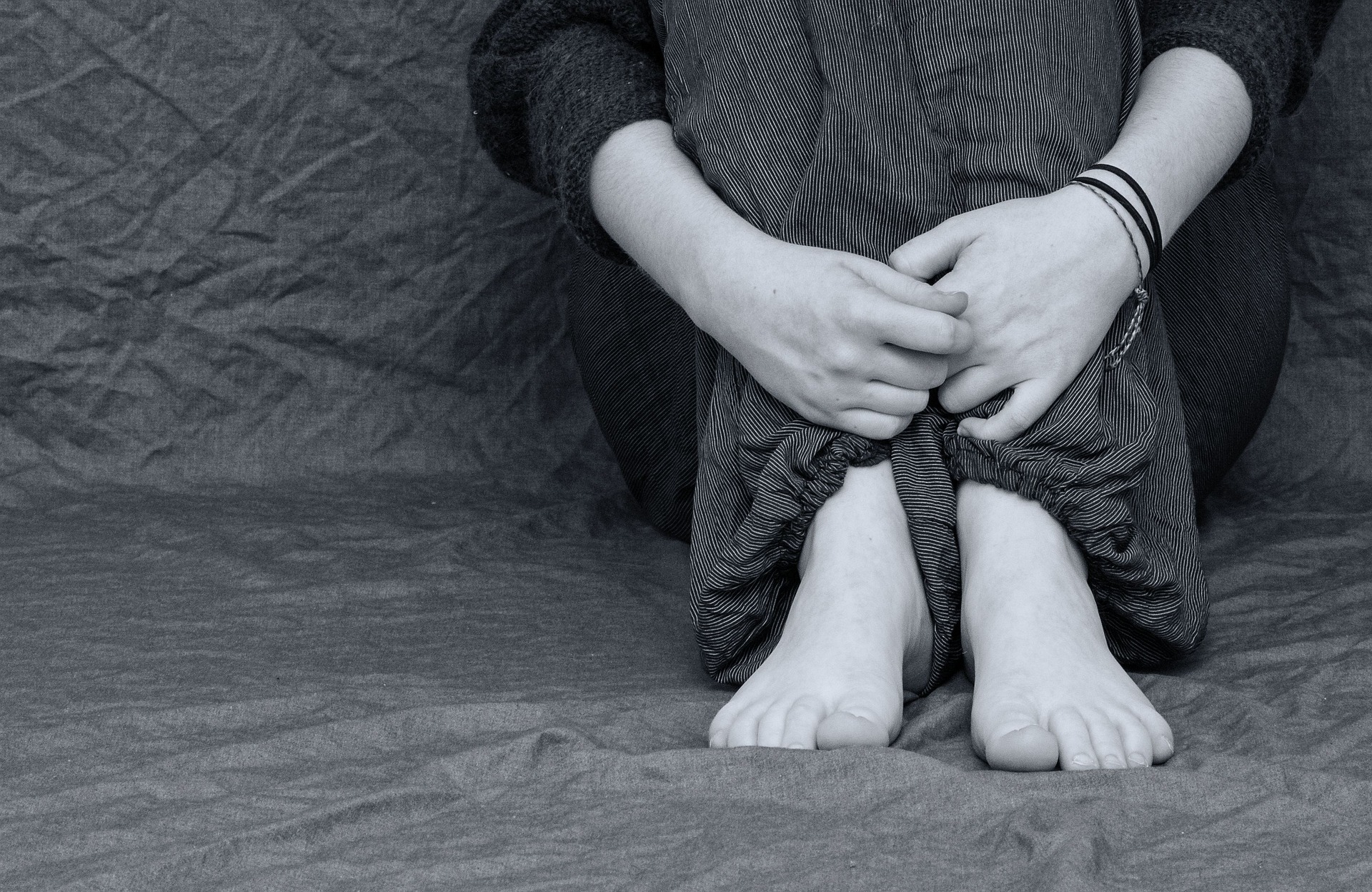Chemotherapy is a common treatment prescribed for many types of cancer. While advances in medicine have allowed chemotherapy to become more effective and have helped cancer patients to live longer, there are unfortunately still side effects that come with taking chemotherapy medications. One of the most common treatment-related side effects patients experience is chemotherapy-induced peripheral neuropathy (CIPN). Research has shown that approximately 30-40% of patients treated with certain chemotherapies such as taxanes, platinum drugs, and alkaloids will develop CIPN.
CIPN occurs due to damage to peripheral nerves caused by chemotherapy medications. There are many different proposed mechanisms of action that differ depending on the chemotherapy used. Some hypothesized mechanisms include activation and attraction of immune cells leading to neuroinflammation, and altered activity of ion channels leading to hyperexcitability of nerves.
These changes in peripheral nerve health lead to altered sensation and muscle activity. Common signs and symptoms of CIPN include numbness, tingling/pins and needles, pain (sharp, burning, stabbing), weakness, and muscle cramps. Symptoms are usually symmetrical and start in the fingers and toes and progress towards the body in a glove and stocking pattern. Some less common but more serious side effects include changes in heart rate and blood pressure and shortness of breath.
Until recently, there have been few options for treating CIPN. New research is showing increasing promise for the use of low level laser therapy (LLLT), also known as photobiomodulation, for the treatment of CIPN. LLLT is a non-invasive light source treatment that is believed to accelerate tissue repair and have an anti-inflammatory effect. Several clinical trials have shown that LLLT can help to significantly reduce symptoms associated with CIPN.2,3 Treatment protocol included LLLT to the affected areas (hands and feet) two to three times per week for six to eight weeks. The results of the studies showed significant improvements in neuropathy-related symptoms and in functional tests such as walking and buttoning clothing. While this emerging therapeutic tool is encouraging, more research is needed to determine the best parameters for this treatment.
For more information on laser therapy check out our webpage here.
References:
Argenta PA, Ballman KV, Geller MA, Carson LF, Ghebre R, Mullany SA, Teoh DG, Winterhoff BJ, Rivard CL, Erickson BK. The effect of photobiomodulation on chemotherapy-induced peripheral neuropathy: A randomized, sham-con- trolled clinical trial. Gynecol Oncol 2017; 144:159-166.
Jordan B, Jahn F, Sauer S, Jordan K. Prevention and Management of Chemotherapy-Induced Polyneuropathy. Breast Care (Basel). 2019 Apr;14(2):79-84. doi: 10.1159/000499599. Epub 2019 Apr 10. PMID: 31798378; PMCID: PMC6886110.
Lee JM, Look RM, Turner C, Gardiner SK, Wagie T, Douglas J, Sorenson L, Evans L, Kirchner S, Dashkoff C, Garrett K, Johnson N. Low-level laser therapy for chemotherapy-induced peripheral neuropathy. Journal of Clinical Oncology. 2012 May; 30(15): 9019-9019.


